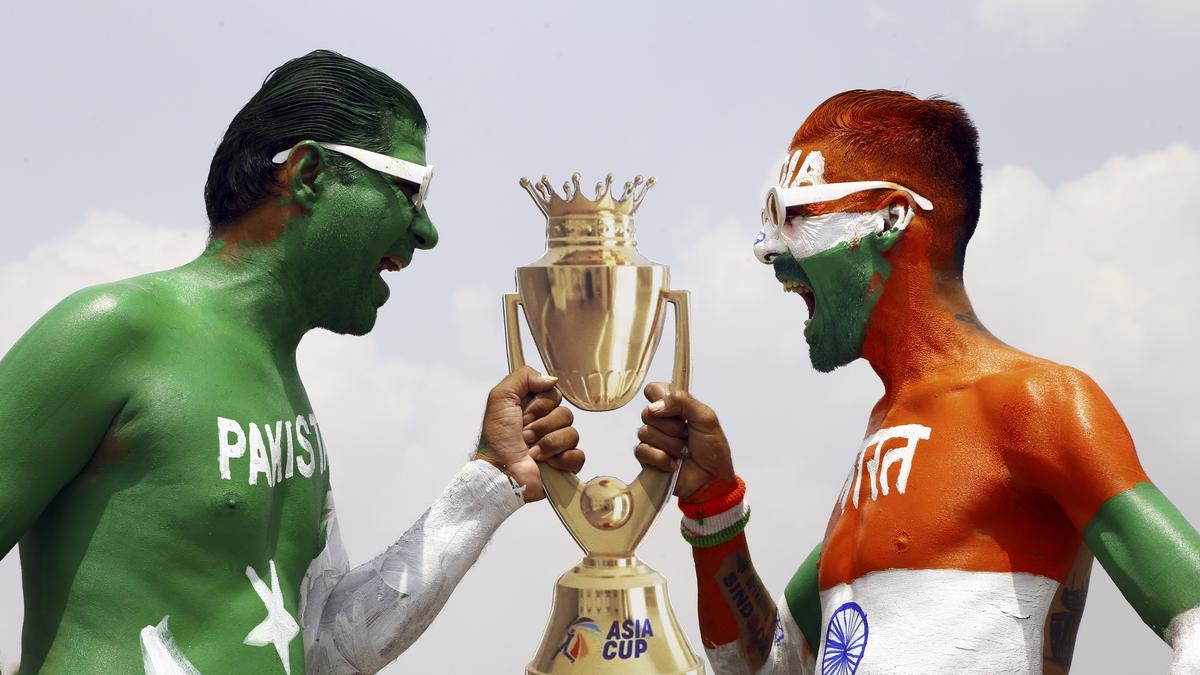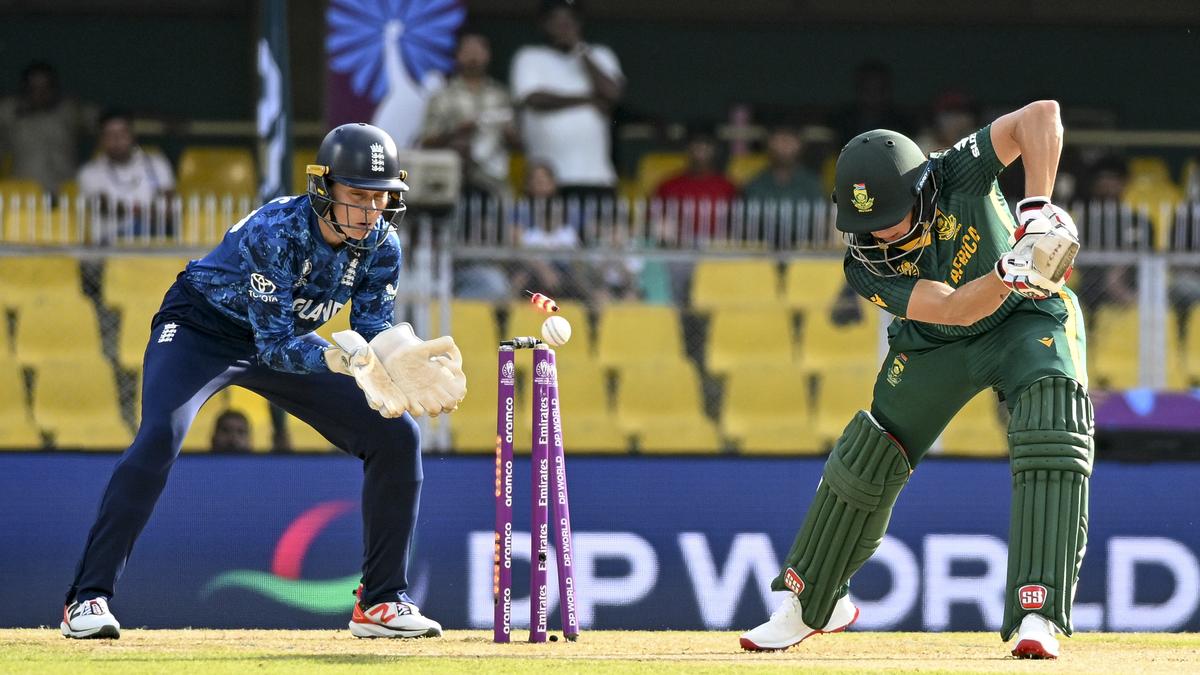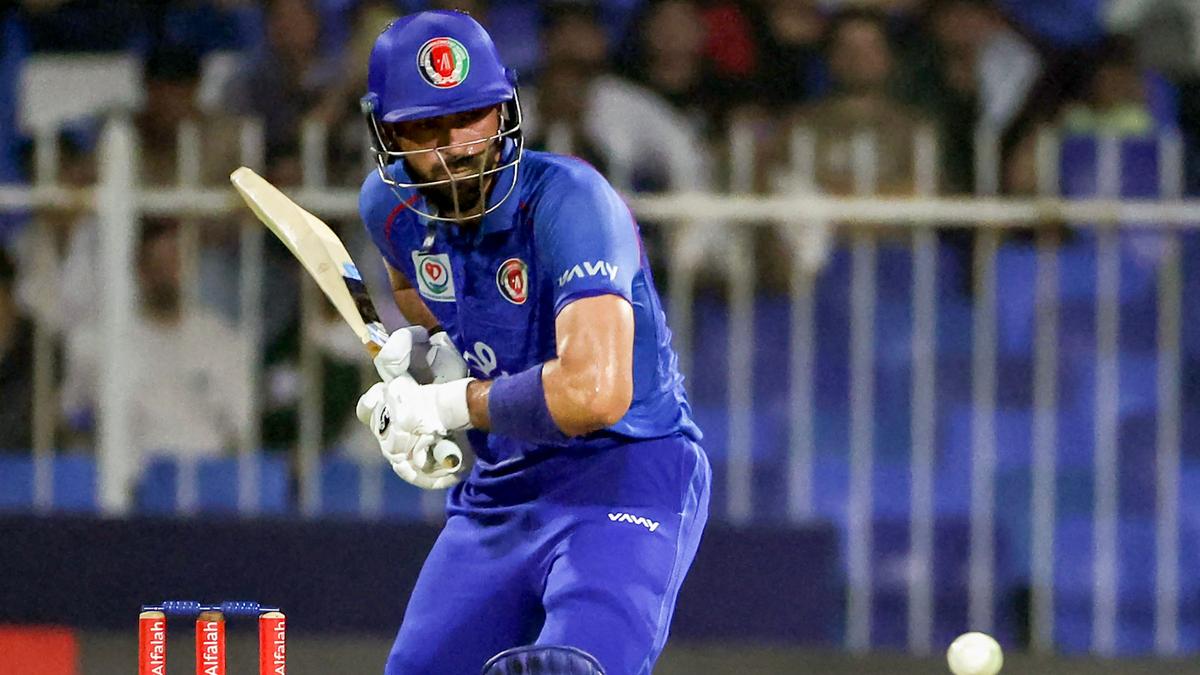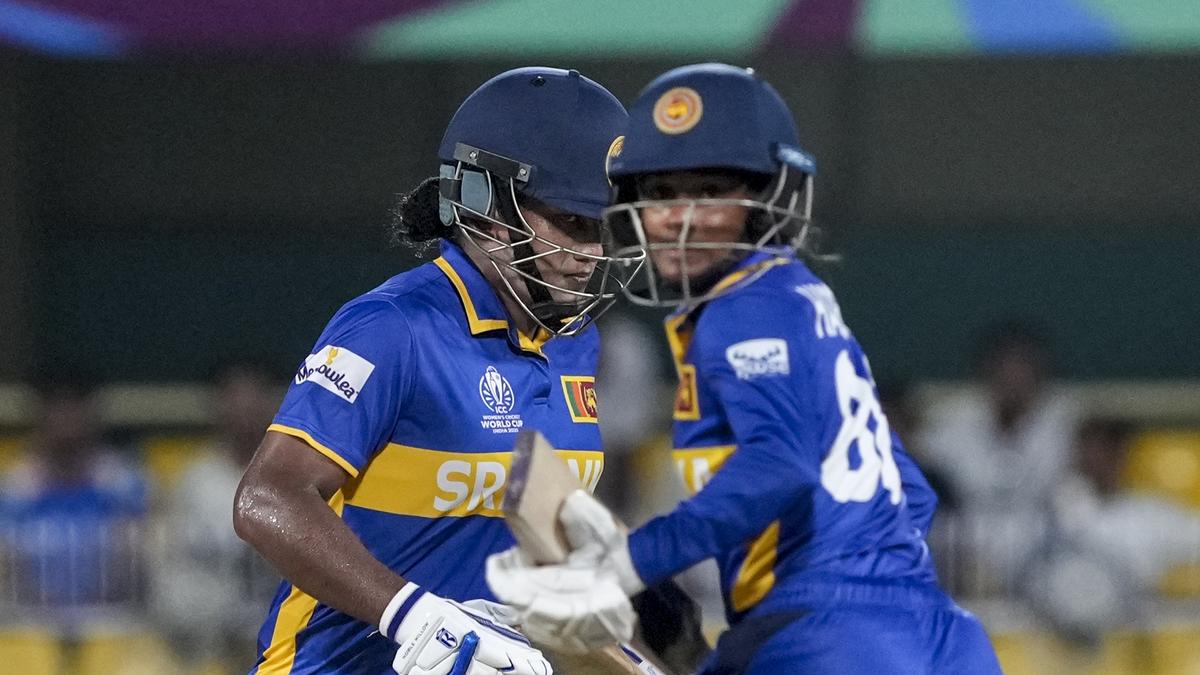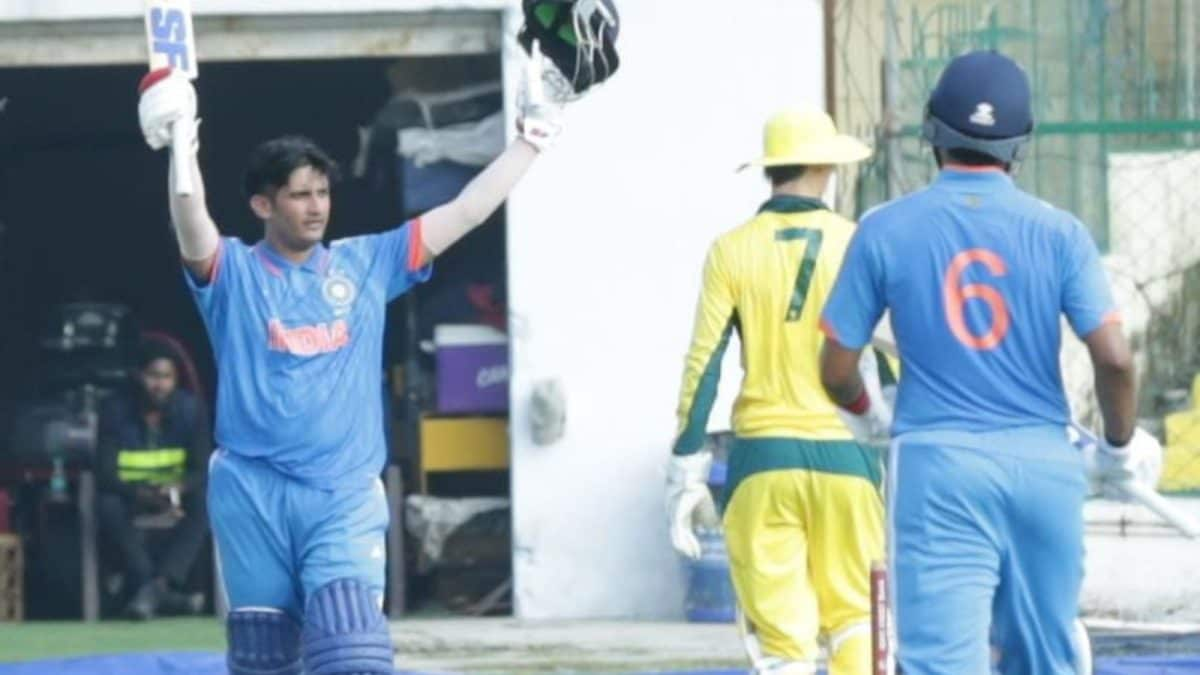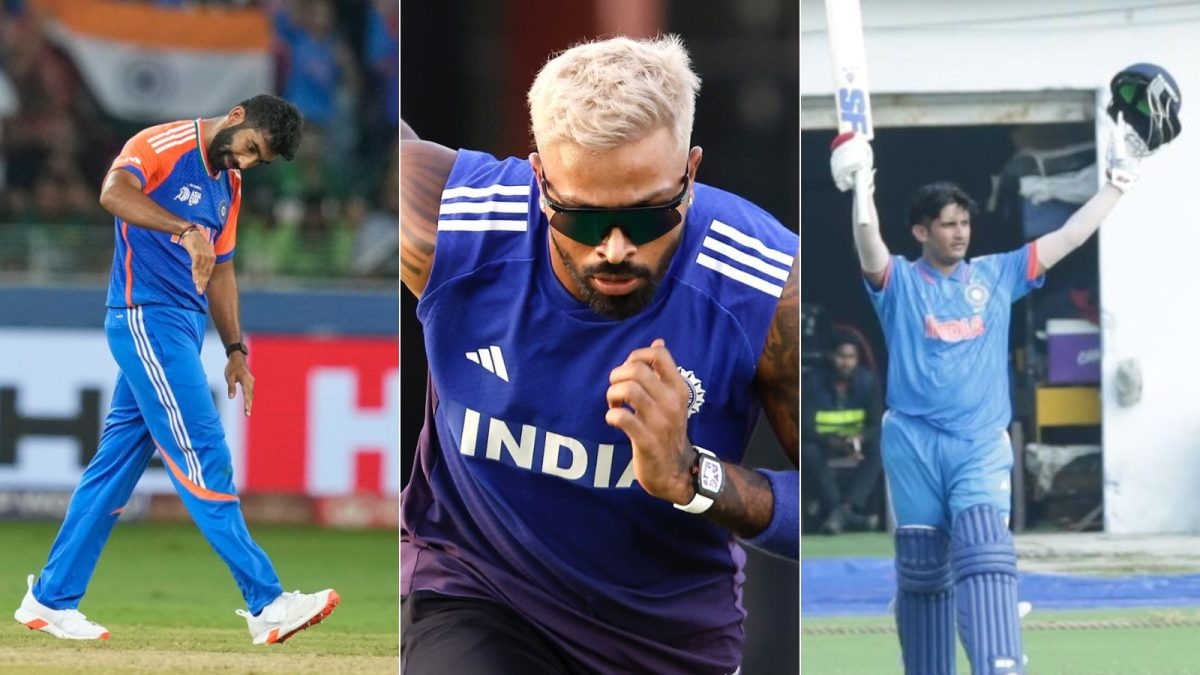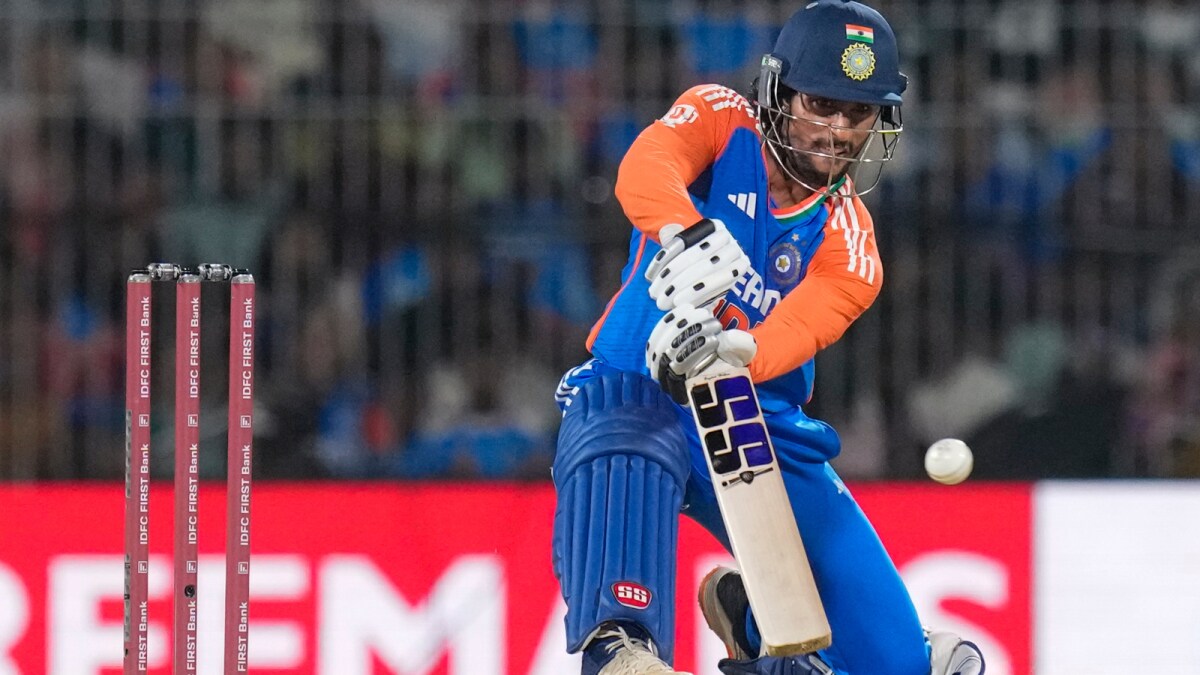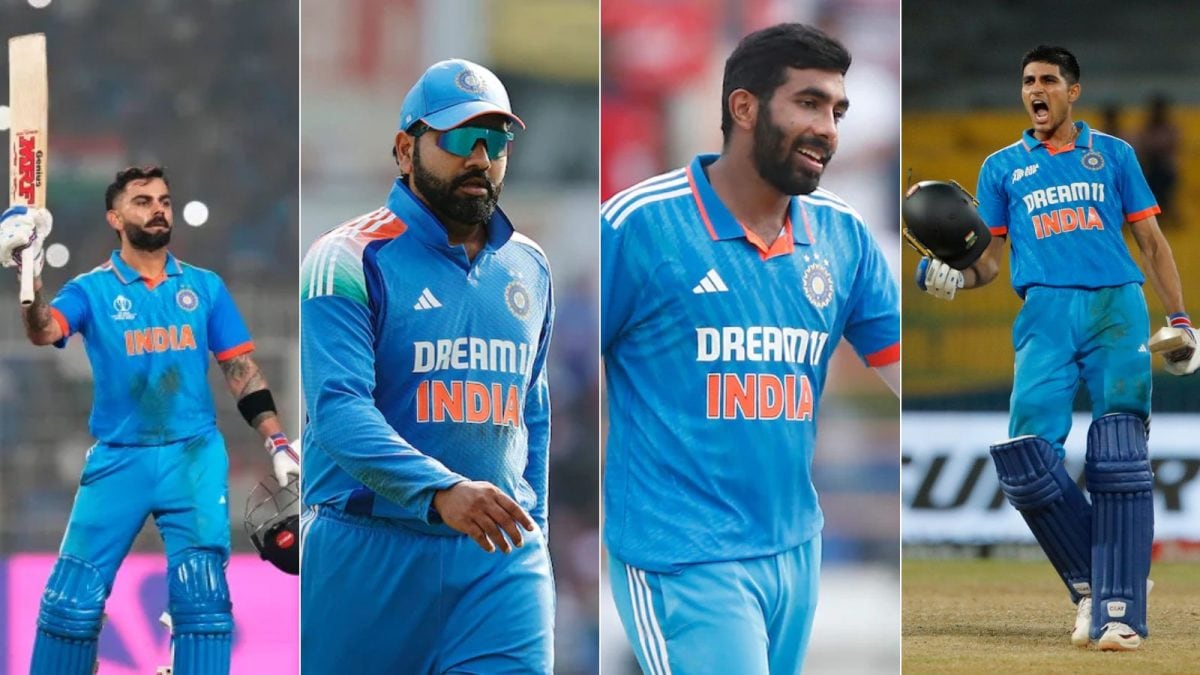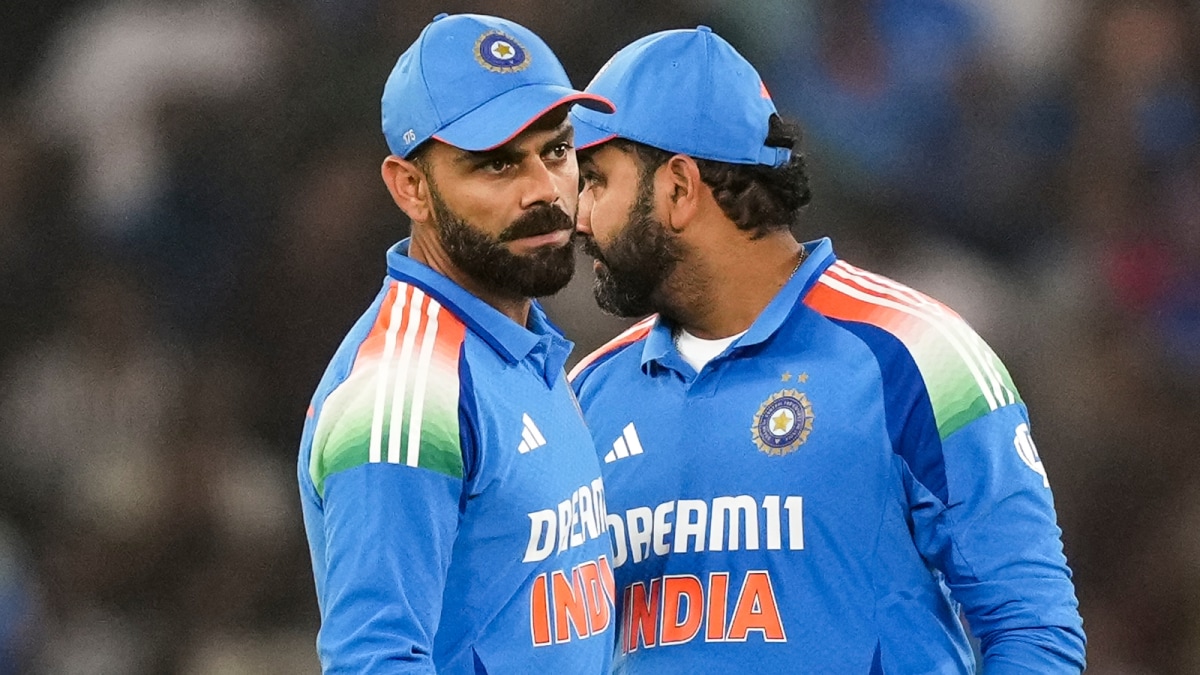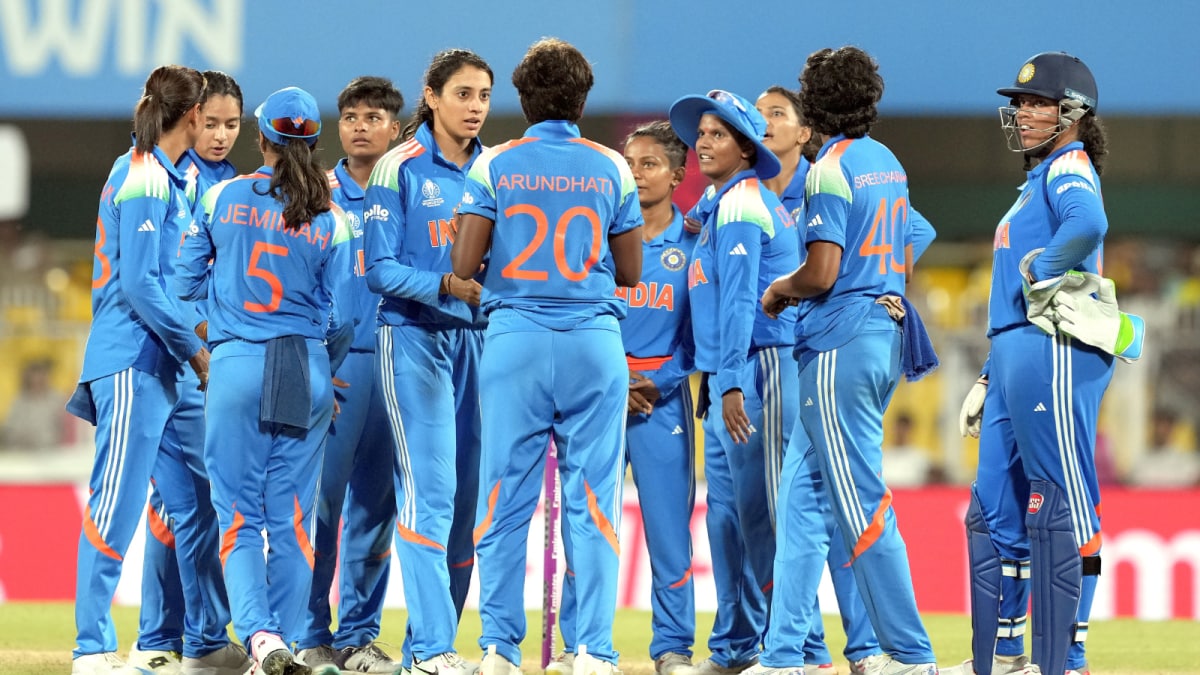Even after discounting for the overhang of the diplomatic fallout between the nuclear-armed neighbours in recent months, the mood music surrounding the Asia Cup clash between India and Pakistan in Dubai on Sunday has been subdued.
The ‘hype is missing’, a cab driver from Pakistan laments as his gleaming black SUV bears down on the bristling tarmac under the scorching 4 o’clock afternoon desert sun. A thin stream of Pakistani fans is ambling to the stadium in the opposite direction for the contest against Oman—a procession of squinting eyes peering into the horizon.
The shirt-soaking heat is sapping, physically and mentally, and the long shadows of the skyscrapers are often the only respite in the absence of natural vegetation. Amidst fervent calls from certain sections of the public in India for boycotting the match against Pakistan, the buildup too seems similarly inorganic.
The Indian coaching staff is left with the unenviable task of fielding questions about using sports as a canvas for political protest that are well beyond their pay grade. They walk on eggshells, trotting out the platitudes of ‘focusing on the cricket’ with the reassurance that the players are ‘sensitive’ to the sensibilities of the Indian public. Their responses betray the feeling of the contest being a ‘necessary evil’, that the show must go on despite the differences.
While some demand answers from former Indian cricketers, others reckon that with the country aspiring to host the Commonwealth Games and the Olympics in the next decade, it is a bullet that must be bitten, however grudgingly.
The simple act of slouching on your couch and tuning into the match on a Sunday evening, or consciously deciding to turn your attention elsewhere, could be construed as a political statement, even though the powers that have made their stance clear; bilateral engagement is a no-go zone, but multi-lateral obligations are unavoidable.
Preview | With subdued buildup, India-Pakistan rivalry shifts from stars to teams
The ground realities are also shrouded in mystery. Three categories of tickets, ranging between USD 213 and 256, are still available less than six hours ahead of play. A ticketing executive expects the stands to fill to some degree, while others presume the match may fail to attract the numbers that the ICC Champions Trophy contest between these teams witnessed in February; even then, about 2000 seats were empty in the 25,000-capacity stadium, though it was a 50-over affair.
The tickets for the Asia Cup went live more than two weeks ago, but the passes for the India vs Pakistan match were bundled with an exorbitant seven-match package that didn’t find too many takers. That strategy was eventually unbundled to provide single-day passes, and a fresh batch of tickets was made available as late as Friday.
Moreover, cricket is still largely an ‘expat’ sport here, and disposable incomes have dropped or stagnated in the wake of COVID-19, limiting the capacity for extraneous expenditures. The absence of Virat Kohli and Rohit Sharma, who are on the last legs of their international career, could also keep people away from the turnstiles.
Evolving rivalry
The surging mercury levels, the political morass, and a poorly devised ticketing strategy are all valid deterrents, but the sporting rivalry itself smacks of a lack of competitive edge.
India has overwhelmingly dominated Pakistan in this decade, winning six out of nine games and losing just two. Barring the T20 World Cup encounters in 2022 and 2024, few have been thrilling, and India is on a red-hot five-match winning streak against its archrival across formats.
A microscopic scrutiny is likely to follow the Men in Blue when they take the field, with every move, smile, wink, and crinkle on the face dissected by an army of body-language experts.
| Photo Credit:
Asian Cricket Council
A microscopic scrutiny is likely to follow the Men in Blue when they take the field, with every move, smile, wink, and crinkle on the face dissected by an army of body-language experts.
| Photo Credit:
Asian Cricket Council
The 2010s, too, saw India hegemonize the rivalry, with 15 wins in 20 matches, though the defeat in the 2017 Champions Trophy final and the social media slugfest between fans that followed kept both sides engaged. That decade also coincided with the rise of the ‘Kohli and Rohit’ phenomenon, and the waning powers of some Pakistani stars fed into the subplot of a generational battle. The emergence of once-promising pacers like Wahab Riaz and Mohammad Amir in the first half of the last decade also added impetus to the lore of the rivalry evolving around ‘India’s batting’ and ‘Pakistan’s bowling’. There were always enough strands of opposites and extremes that wove into a rich tapestry.
In the three decades prior, Pakistan was in the ascendancy, with India winning only 51 out of 154 contests and losing as many as 76. That era included the 2000s, which was the classical age, when the likes of Sachin Tendulkar, Rahul Dravid, Inzamam-ul-Haq and Younis Khan strutted the stage and touched an entire generation.
The 1980s and 1990s set the narrative, be it Javed Miandad’s last-ball six or Venkatesh Prasad’s send-off to Aamer Sohail, moments in time that are recalled even 20 years later.
From past to present
Sporting rivalries are more about the past than the present. The context is what lends it relevance, and the present is only waiting to be added to a trove of memories. Some even carry the baggage of the past into the present, like Adil, who cannot shake off the horror of Misbah-ul-Haq’s ill-timed scoop in the 2007 T20 World Cup final against India. “I haven’t watched a match since,” he grins wistfully.
Also read | Players share compassion and feeling of majority Indians, says coach ten Doeschate ahead of Pakistan clash
But today feels different. The focus is on the present and its minutiae. Much also already been made of India captain Suryakumar Yadav’s handshake with Asian Cricket Council (ACC) president Mohsin Naqvi, who is also the chairman of the Pakistan Cricket Board, during the captains’ pre-tournament press conference. Whether Suryakumar greeted Pakistani counterpart Salman Ali Agha during the formality had caused a flutter even before a single ball was bowled in the competition. A similar microscopic scrutiny is likely to follow the Men in Blue when they take the field, with every move, smile, wink, and crinkle on the face dissected by an army of body-language experts.
The irony is that even amongst calls for a boycott of the match, the pressure on the Indian players to win will be higher than ever. “If playing is bad enough, losing is only worse,” being the logic. Given the contrived grouping of the tournament, with India and Pakistan clubbed with significantly weaker UAE and Oman, they could meet two more times in the next couple of weeks.
Of late, watching a cricket match between India and Pakistan has resembled the experience of a Bollywood blockbuster re-run. You know the characters, the narrative arc, and the denouement, and yet the spectacle elicits a certain catharsis.
In a significantly altered environment, Sunday, September 14th, may feel unnervingly different and set the tone for what is to come.
Published on Sep 14, 2025
The postAsia Cup 2025: Between boycott calls and empty seats, India–Pakistan clash struggles for relevance appeared first on Sportstar
